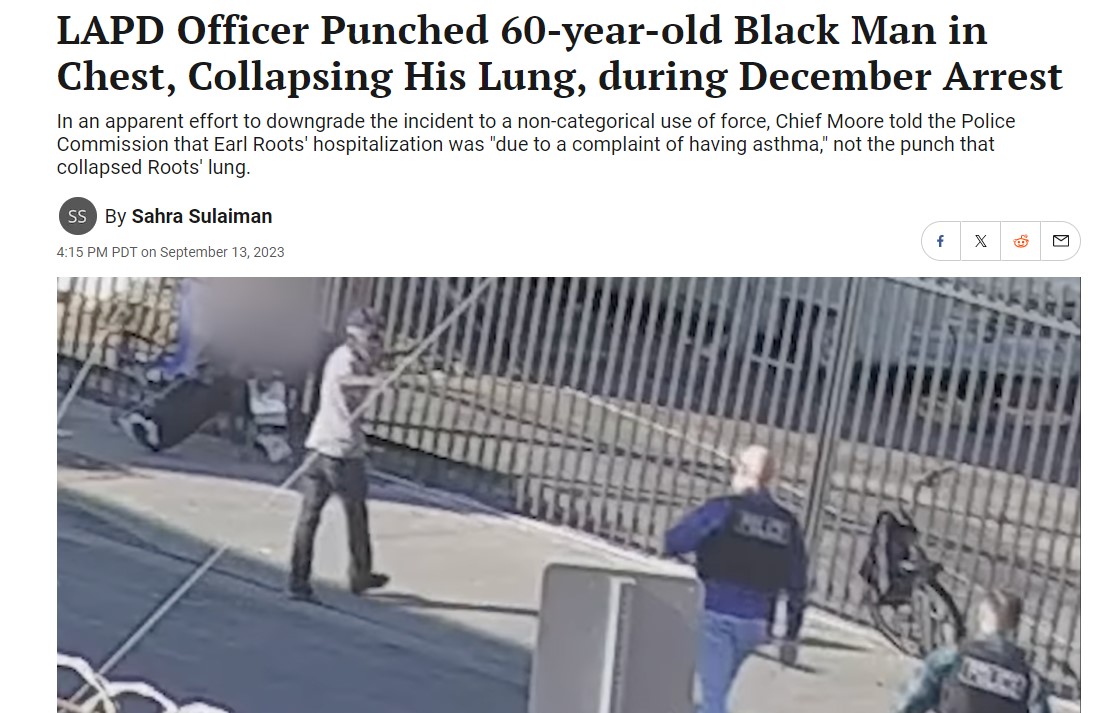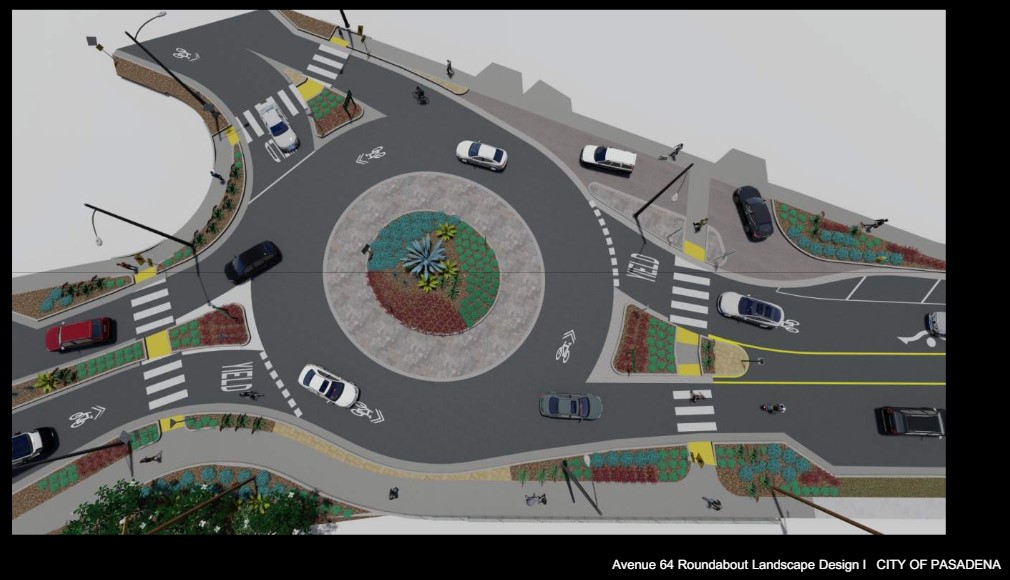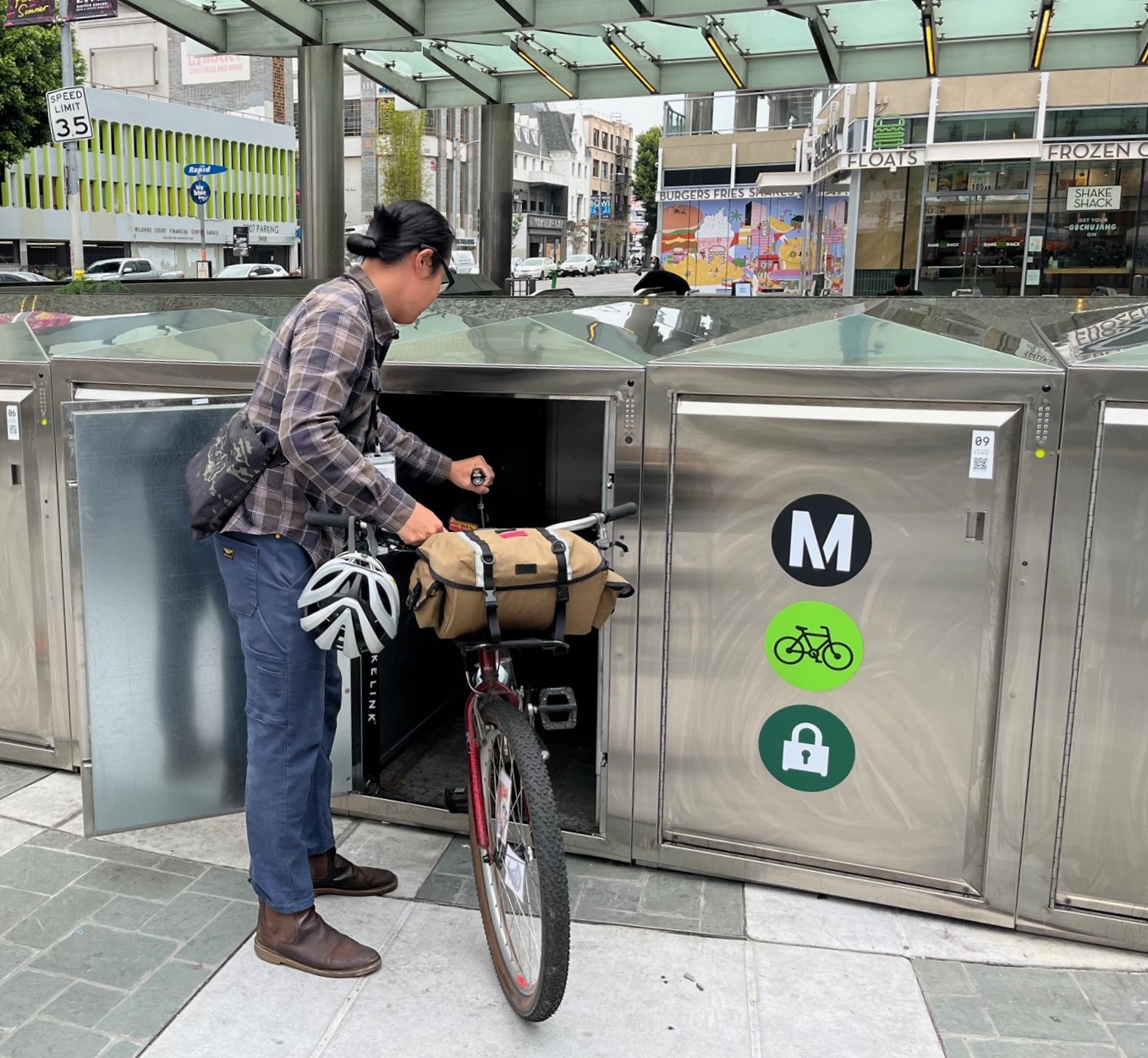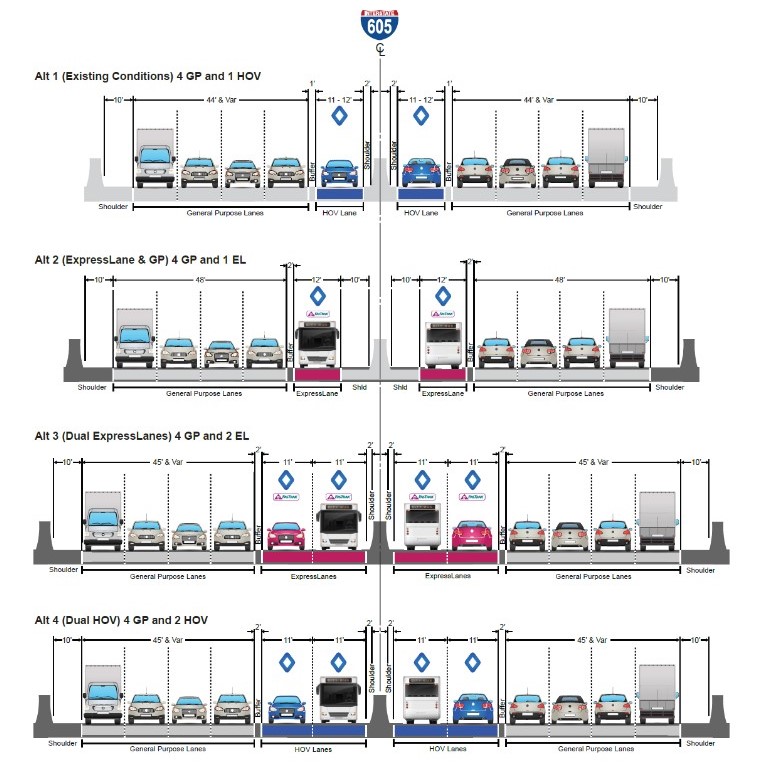
Parking Enforcement Explains That It Allows Vehicles to Park in Aprons
as Long as Property Owners Don't Complain
As city officials gear up for primary and general elections this Spring, there are a lot of major issues that are flying under the radar as budgetary and other issues dominate the discourse. However, one issue that might not be able to wait, because the city has already been sued, is the poor state of our city's sidewalks and it's erractic enforcement of sidewalk parking policies.
The first problem is that the city only sporadically enforces rules regarding parking on sidewalks. I can pretty much walk outside my house and see several cars parked in aprons, and the above picture, taken by UCLA Planning Professor and parking guru/expert/rock star Donald Shoup shows that the problem is worse in other areas such as Westwood. This lack of enforcement continues even though parking on a sidewalk violates both the California Vehicle Code,
Los Angeles Municipal Code and may violate the Americans with Disabilities Act (ADA). The U.S. Supreme Court’s decision in
Barden v. Sacramento sets a nationwide precedent requiring cities
to make all public sidewalks accessible. As a result, cities must remove
barriers that block disabled access along the length of the
sidewalks.
A lawsuit, Pineda v City of Los Angeles, states the city's parking enforcement policy as one of four ways the city is out of compliance with the ADA. The other reasons have to do with sidewalks being broken, ramps being at improper heights and slopes and signage and other obstacles clogging the sidewalks.
Before the suit is heard, it could behoove the city to move forward with a plan to fix its backlog of broken and misdesigned sidewalks. In California Policy Options, Professor Shoup outlines a plan for Los Angeles to begin repairing its broken pedestrian infrastructure.
Shoup notes that 4,600 of the cities 10,750 miles of sidewalks are in need of repair at an estimated cost of $1.2 billion. Los Angeles does have a budget line for sidewalk repair, but it's only just over $10 million a year. If the city continues to fix sidewalks at its current pace, 67 miles per year, it would take 69 years to complete repairs. And, that's assuming that no damage occurs to our sidewalks in that time.
His solution? Shoup argues that the city should immediately enact a program requiring that all properties must receive a certification from the city that the sidewalks adjacent to their property are in good condition before it can be sold. If a city inspector finds the sidewalk in poor repair, the seller can either hire the city or a private contractor to repair the sidewalk. If the owner chooses the city, it will place a lien on the house that will be settled at the house's closing.
The benefits of a point of sale program outweigh the costs. Most obviously, the program wouldn't cost the overburdened city government a single cent. The certification process and repairs would be paid for by private individuals. Even more compelling, based on real estate records, if this program had been in place since a ballot measure to dedicate property taxes towards sidewalk repair failed in 1998, over half of the city's backlogged repairs would have been completed in the past decade.
Those arguing against such a plan would be sure to point out that it's a financial burden to homeowners in an already depressed real estate market. However, sidewalks in good repair will actually boost the value of a home, and a community with broken sidewalks is viewed by home buyers as less desirable communities than those with flat, unbroken walkways. An admitedly rough estimate of the financial impact of the program shows increased employment and property values in places where similar programs have already been put in place.
If the city doesn't want to go this route, it could look east to Pasadena for other possibilities. In Pasadena, both some funds from parking meters and a requirement that developers fix sidewalks before being issued permits for upgrades to buildings have made a marked difference in the way that city looks and feels to pedestrians.
What is clear is that something needs to be done soon. Looking at the legal precedence that has already been set in Barden v. Sacramento, if the city doesn't act soon the courts may make the tough decisions for it.
Photos: Donald Shoup




